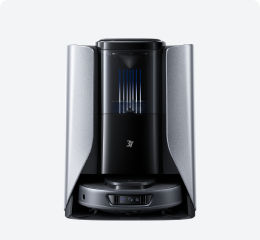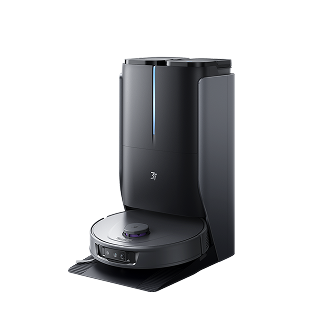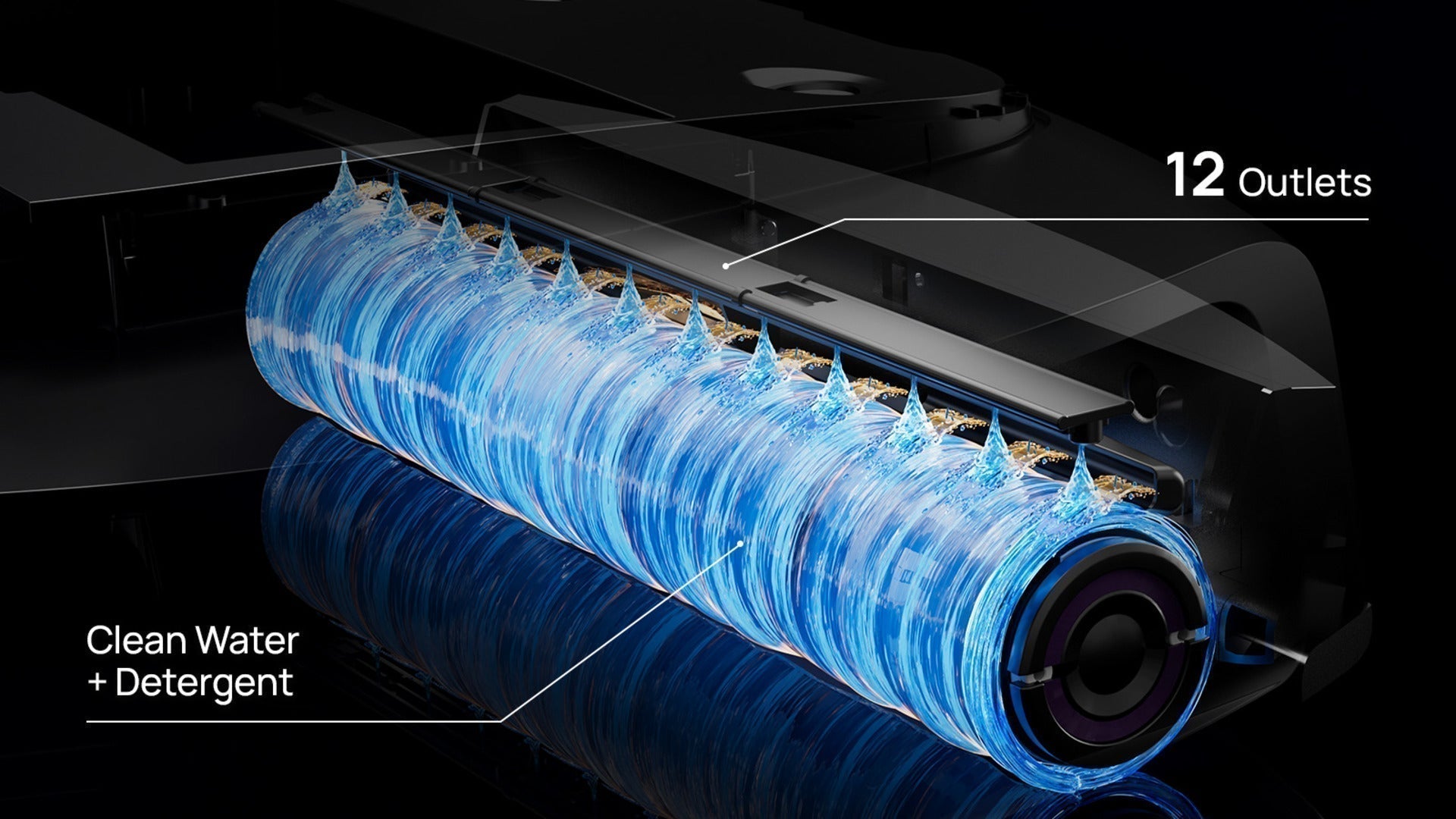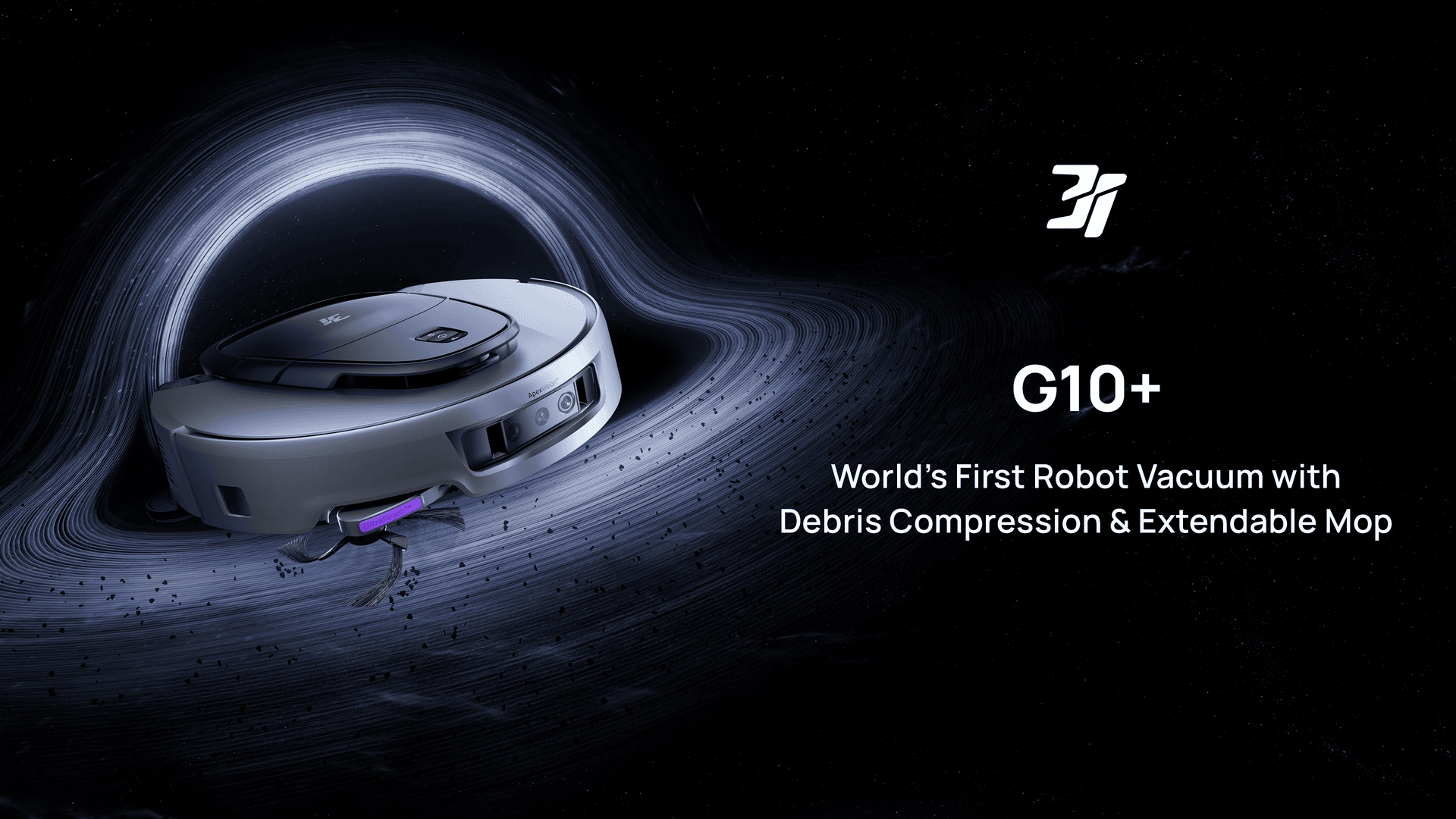Robot Vacuum makes the cleaning work easier for you. But even the best models need regular maintenance to stay effective. So a common question users have is: How often am I supposed to empty this thing? That’s important as it also influences performance and hygiene.
A Robot Vacuum gets used more often than a regular vacuum. Its dustbin fills faster than you’d think as a result. If ignored, it can clog the suction and spread dirt instead of collecting it. Therefore, knowing how often to empty your Robot Vacuum will keep it running for a longer time. Keep reading to learn more.
Why You Should Empty Your Robot Vacuum Cleaner?
Emptying your sweeping robot frequently keeps it running smoothly and helps avoid issues with performance. A full dustbin will lead to less effective cleaning, battery life and hygiene.
Maintains Suction Power
A full dustbin leads to a loss of airflow, which contributes to weak sucking. If your robot vacuum’s clogged with dirt, it won’t clean. It’s designed to empty regularly for strong and steady suction.
Prevents Odors and Bacteria
Moisture can get caught in dust, an ideal breeding ground for bacteria. A dirty robot vacuum can also start to smell. Emptying it regularly will help to keep your space clean and fresh.
Extends Battery Life
When it has to work harder because of blockages, your robot vacuum pulls more power, draining the battery more quickly. Reduced bin emptying means less strain on the battery, so the battery lasts longer between each use.
Improves Cleaning Coverage
You have a full bin when your robot vacuum interrupts its cleaning session. It might not cover all areas or can leave dirt behind. An empty bin means your robot is ready for constant cleaning.

Should You Empty the Vacuum After Every Use?
If you have pets, high foot traffic, or allergies, emptying your robot vacuum after every use is a good idea. Keeping the suction power at its best, preventing clogs and blockages can optimize your vacuuming performance. But the frequency might depend on your household’s needs.
For example, if your home has limited dirt and dust or you own a robotic model, you could go longer between emptying sessions. Lastly, watching the dustbin and responding accordingly ensures your robot vacuum works efficiently.
Do Self-Emptying Robot Vacuums Need Less Frequent Maintenance?
Self-cleaning robot vacuums are designed to minimize user intervention and require very little input from users. They empty themselves by depositing dirt in a base unit, minimizing how often you have to empty it by hand. Some systems will even include enough space for 45 to 60 days of dirt, depending on how often you use it.
But you still need to maintain your self-emptying robot vacuum regularly. Manufacturers suggest cleaning filters, brushes, and sensors weekly or bi-weekly, particularly for homes with pets. Not doing so may cause decreased performance and possible equipment failure.
What Signs Indicate Your Robot Vacuum Needs Emptying Sooner?
If you see certain signs, your robot might need to empty the bin. Looking after these signs can help keep them performing at their best and prevent blockages.
1. Reduced Suction Power
If your robotic vacuum isn’t picking up debris well, it’s probably time to empty the dustbin. A full dustbin decreases the suction power, and the vacuum will not be as effective in picking up dirt.
2. Vacuum Stops Cleaning Early
Another reason a robot vacuum stops in the middle of cleaning is a full dustbin. The vacuum can stop working when the bin is full to avoid overloading or damage.
3. Strange Noises or Odors
Unusual noises, such as grinding or rattling noise,s are produced by an overloaded robot vacuum. The vacuum can also become smelly due to a buildup inside the dustbin, indicating that you need to empty it.
How to Empty a Robot Vacuum?
Emptying your robot vacuum is important to keep your robot vacuum running at peak performance. The process is essentially the same with only minor variations between models.
1. Power Off the Vacuum
Always turn off the vacuum before working with the dustbin to prevent any accidental activation.
2. Remove the Dustbin
Search for the button that releases the dustbin, usually on the side or in the back. Press the button and pull the dustbin out carefully.
3. Open the Dustbin
There is a door or a latch on the majority of dustbins. Open the door to dispose of the dirt.
4. Empty the Contents
Put the bin over a trash can. Press the release button and the dirt will fall out. Tap lightly if necessary to remove stubborn debris.
5. Clean the Dustbin
Get rid of the remaining crumbs with a dry cloth or brush. Don’t use water unless the manufacturer says it’s safe.
6. Reassemble
Following this, securely reinsert the dustbin back into the vacuum. Make sure it’s well seated before turning the unit back on.
You should regularly empty and clean your robot vacuum’s dustbin to prolong its lifespan.

FAQs
Can I wash my robot vacuum’s dustbin?
Indeed, you can, but it's crucial that you follow the manufacturer’s guidelines. Many models are okay to wash, but don’t soak electrical parts. Remove the dustbin carefully and look for parts that can be removed, such as filters. The dustbin can be cleaned with mild soap and water.
You don’t want to use anything too harsh or it might damage it. Dry the dustbin completely after cleaning and then reinstall it. If your model has a washable filter, rinse in running water but allow to dry until scorched before replacing. As always, consult your vacuum cleaner manual for specific instructions.
Do all robot vacuums have a ‘full bin’ indicator?
Some robot vacuums have no ‘full bin’ indicator! Some basic models may lack this feature, requiring users to check the dustbin manually. But some higher-end robot vacuums have sensors, including an app that alerts you when the dustbin is full.
These features ensure peak cleaning performance. If your robot vacuum lacks this feature, no problem; just empty the bin after several cleaning cycles or if performance slacks. Before doing so, consult your vacuum’s user guidelines.
What is the average lifespan of a robot vacuum?
The life expectancy of robot vacuums ranges between 3 and 5 years. This may depend more or less on usage, how well you take care of it, and the model’s quality. More expensive models with more robust components and sophisticated technology usually last longer.
Cleaning the brushes, filters and sensors regularly can help prolong its lifespan. Batteries break down over time and lose performance, but there are instances where swapping them adds to the lifespan of the vacuum.
Conclusion
You should empty your robot vacuum on a regular basis to prevent it from clogging up and to ensure it performs for a long time. A clean dustbin will give you more suction, a cleaner home and less maintenance issues. You can maximize your robot vacuum’s performance by following proper care and paying attention to indicators that the bin is full.
Related Reading:







